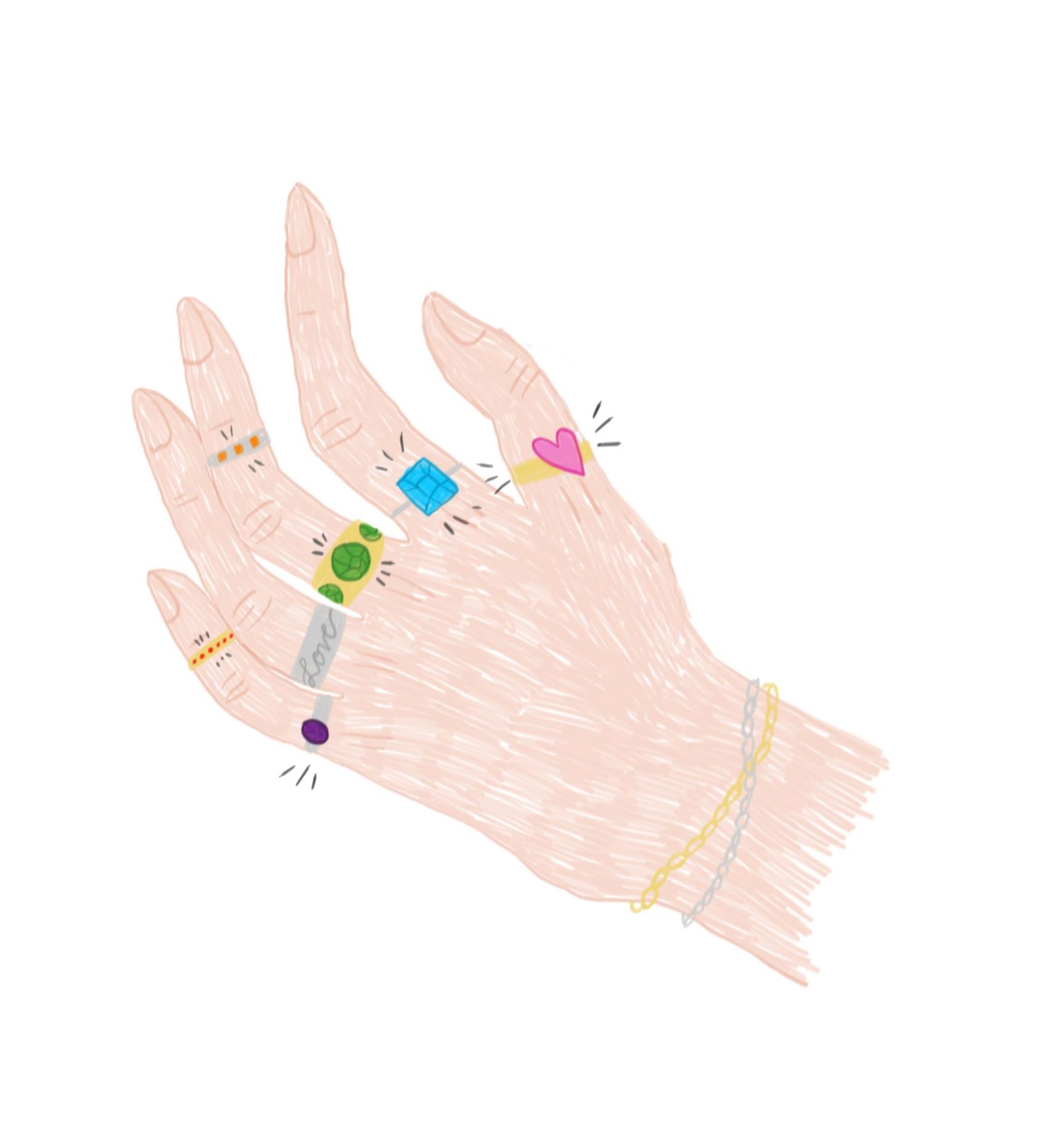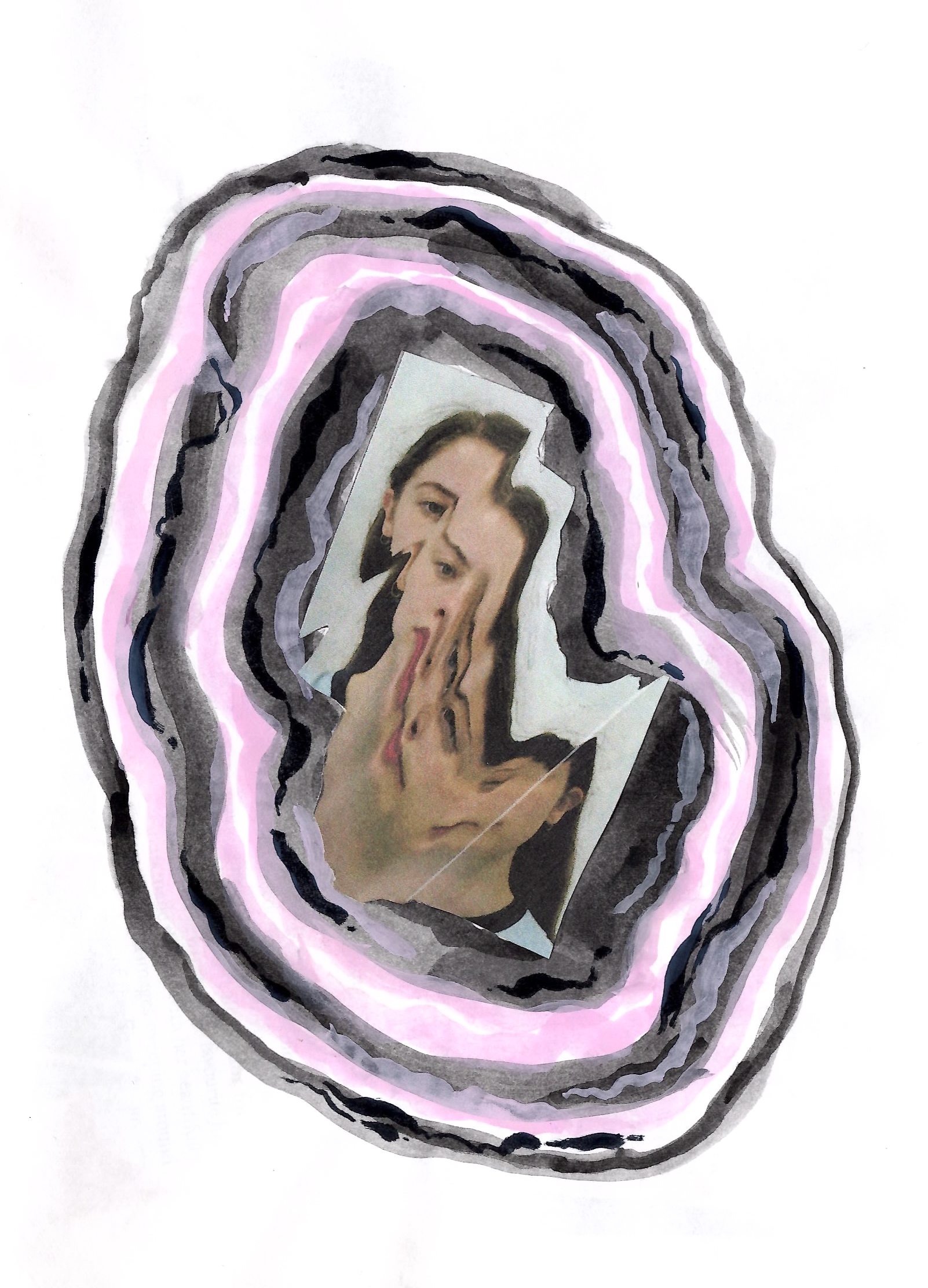Thoughts on Roland Barthes ‘From Gemstones to Jewellery’.
January 2019I have been reading the sociologist Roland Barthes’ anthology ‘The Language of Fashion’, and one of his essays has particularly struck me. In ‘From Gemstones to Jewellery’, Barthes discusses the impact jewellery has had on man, how it has changed and the ideas that have remained behind it.

While I do disagree with Barthes on his beliefs on Hell and jewellery, I find his ideas evolving tastes in jewellery to be extremely accurate. He examines past and present (to the time of writing, 1966) views on what makes ‘good taste’ in jewellery, and comments on why they may have changed. Owning and displaying fine gemstones and jewellery was once considered to be the pinnacle of power, and thus, taste – “the gemstone becomes the very concept of price; it is worn like an idea, that of a terrific power, for it is enough for it to be seen for this power to be demonstrated.” The finer the gems displayed, the more powerful the person wearing them was thought to be. This is no longer the case, with the introduction of imitation gems into jewellery ‘saturating’ the market and effectively democratising jewellery. “It is no longer subservient to the law of highest price nor to that of being used only one way, such as for a party or sacred occasion.” I find this observation by Barthes to be cannily accurate, as the ‘maximalist’ jewellery seen as a display of power in the past, would nowadays be seen as vulgar and would instead present an idea that the person is overcompensating and is without ‘true’ power. Jewellery to display ‘true’ power would instead be understated and discreet.
Through reading this essay in ‘The Language of Fashion’, it has encouraged me to think more on how fashion can be a sociological marker for attitudes and practices of the time. This makes me wonder what we are wearing without thought now, that will develop a different meaning in the future…
